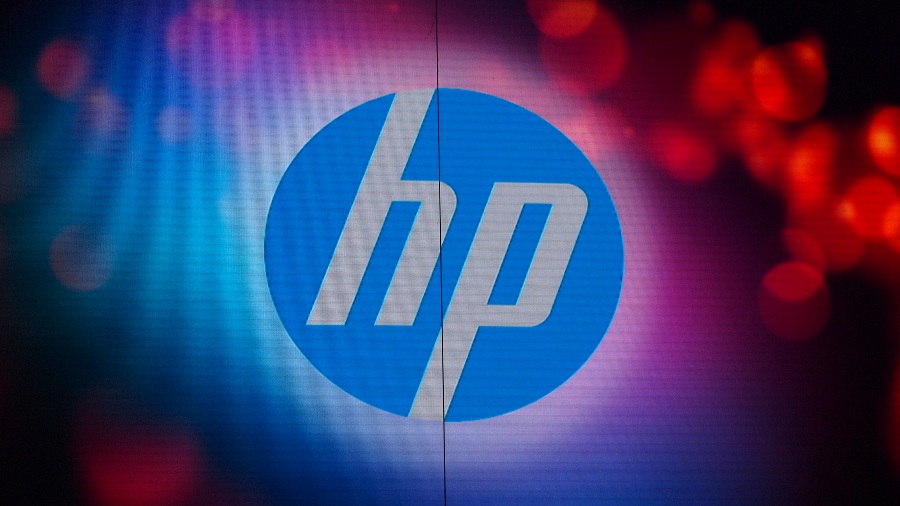HP's 'The Machine' changes its spots
Silicon photonics project sees some changes

HP's dream of creating a computer based on silicon photonics has been altered as it plans to repurpose the whole design around a more conventional set of technologies.
The Machine, which was announced by HP last year, will be converted back to a "memory-driven architecture" focused on storing large troves of data instead of bringing together exceptionally high levels of processing power.
Why has HP chosen to make this decision? According to Martin Fink, CTO at HP, the problem was the Memristor, which "are not there yet" when it comes to be put inside a working version of 'The Machine'.
The result is a machine that will run on a version of Linux instead of the vaunted Linux++ special purpose OS, and will be build on DRAM memory as opposed to the aforementioned Memristor of before.
In an email to TechRadar, HP explained the main concept behind 'The Machine', in its new guise, is Universal Memory, which can be implemented using a range of different memory technologies and it plans to bring other technologies on board as and when they have matured.
"The first prototypes will use entirely DRAM. We will substitute alternative technologies as they mature. We believe Memristor will ultimately provide the best industry-wide solution for a non-volatile memory product and will be used across the board," HP explained in a statement.
Big memory still available
What this means is that 'The Machine' will still be able to offer up to 320TB of memory when it debuts next year and be based on a slightly more plausible type of memory known as phase change memory (PCM).
Are you a pro? Subscribe to our newsletter
Sign up to the TechRadar Pro newsletter to get all the top news, opinion, features and guidance your business needs to succeed!
Silicon photonics is slowly making inroads elsewhere with other firms such as Fujitsu and Intel making strides in bringing it to servers and the data centre respectively.